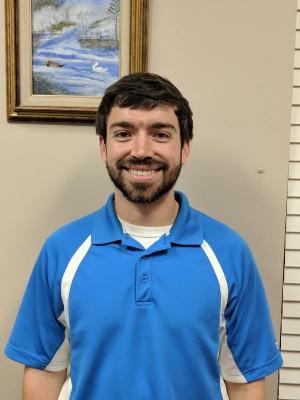Power of the brain and living with chronic pain
Chronic pain can occur in any part of the body, ranging from big toe soreness to headaches.
The most common chronic pain ailments are chronic back and neck pain. Chronic pain was once treated with prescription anti-inflammatory and narcotic medication, but as the opioid epidemic grew, we have learned this is no longer the best treatment. Over time, chronic pain causes the body to become fearful and hesitant to move.
Here are five chronic pain strategies that we use as physical therapists to help break the pain cycle and return you to moving once again.
Chronic pain neuroscience education means spending one-on-one time with you, the patient, to explain what chronic pain is, why you are in pain and what happens when chronic pain persists, and then offering treatment strategies. There is high-quality evidence which states PNE helps us better understand pain mechanisms, resulting in reduced fear about movement and reduced pain when paired with physical therapy.
Pain is an experience produced by the brain when the body experiences tissue damage or perceives potential tissue damage may occur. Due to the complexity of the nervous system, pain can occur without there being an injury such as a strain, sprain, break, burn, cut or disc herniation. Pain is an experience that has many factors, not just a signal from our tissues telling our brain that something hurts. Increased stress, sleep deprivation, illness, anxiety and depression are just a few examples of factors which may contribute to your pain experience.
Graded motor imagery technique makes you think about a particular movement or activity without actually moving. Evidence and imaging show us that neurons in the brain fire before active movement occurs, with simply imagining an activity. This is commonly utilized by athletes such as baseball players predicting where the ball will end up as the batter makes contact with it. They process visual information, and the brain decides based on past experiences where the ball will likely end up. It then tells their muscles to fire and the body moves in the direction of the ball.
Over time, your nervous system learns which tasks typically cause pain, such as rolling over in bed, moving from sitting to standing, or walking/running, and this causes the pain cycle to continue. While at rest, you can imagine yourself performing these learned painful tasks without pain. This retrains the brain and nervous system to perceive that these activities are not harmful to the body, and can thus help reduce pain experienced during the actual activities.
Treating the the impairment can consist of mobility exercises, manual therapy and aquatic therapy.
Restoring mobility to joints, muscles, and the nervous system is key to lowering the sensitivity of the nervous system and allowing you to return to the activities you want to do. This can consist of a variety of stretching and other active range-of-motion exercises.
Manual physical therapy can address tight and spasmed muscles with soft tissue techniques, improving range of motion and mobility of tight/stiff joints, and desensitization techniques can improve the way we move and reduce the pain we experience.
Aquatic therapy provides a great environment to start moving again. Its therapeutic properties allow for reduced load on your joints and muscles by reducing the effects of gravity. The 92-degree temperature of the pool often desensitizes your body to reduce the pain you may have traditionally experienced with exercise. The aquatic environment is a great place to begin to move and elevate the heart rate in a less stressful environment for the muscles and joints.
Graded exposure to aerobic exercise means gradually increasing your activity level. This is key, as the body does not like a rapid increase in activity from the level it is used to. Elevating your heart rate elicits your body to release endorphins which naturally are analgesics or pain relievers. Aerobic exercise also helps reduce inflammation and improve tolerance to your daily activities. This results in desensitization to movement and less pain with movement.
Aquacare/Excellens Physical Therapy offers free consultations with one of its therapists. To schedule a consultation, go to www.aquacarephysicaltherapy.com or call 302-200-9920.
























































